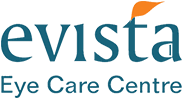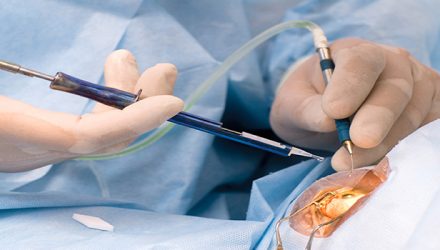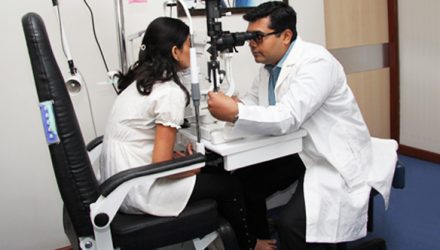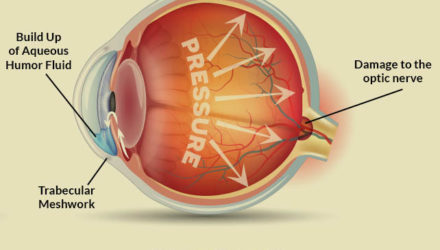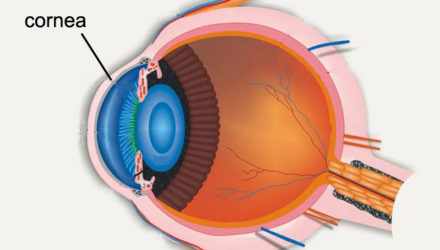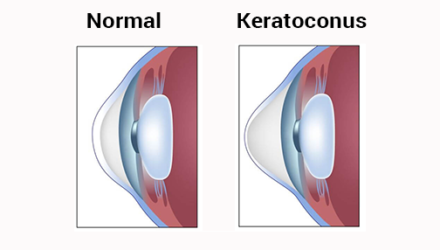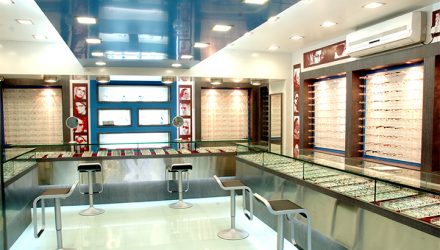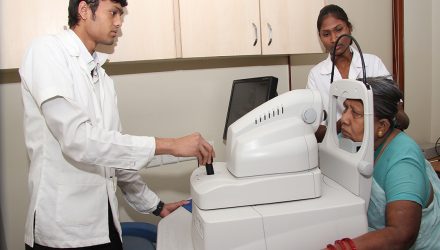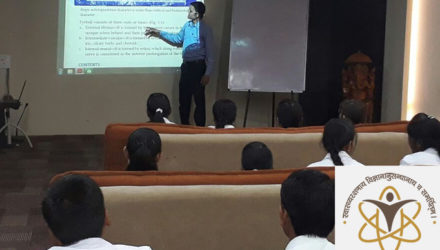Lasik Laser Surgery
Evista Eye Care with so many years of rich experience has grown as a hub of Lasik Laser Vision Correction Centre. People, who never imagined of being independent of visual aids, to see without any obstruction are relying on the Lasik Laser Surgery which is been done with precision and expertise.
With the advancement and fame of LASIK as well as other vision correction procedures, our Ophthalmologists readily offer these state-of-the-art services with latest equipments and technologies to a rising number of patients all over India.
Ophthalmologists at Evista Eye Care Centre have the expertise and experience required for performing Lasik Laser Surgery. Enjoying an international reputation as pioneers in this technique, our surgeons offer Laser Refractive Surgery (LASIK) with extremely successful outcomes.
Freedom from Glasses and Contact Lenses
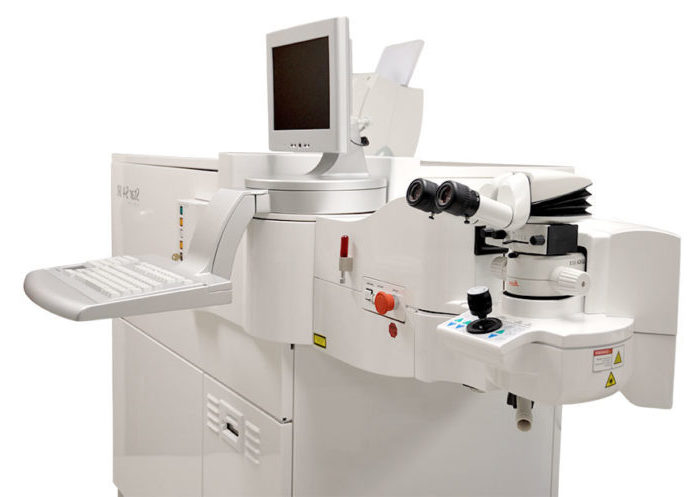
Ccustom-Vue-Lasik
Evista Eye Care Centre provides Lasik Laser Surgery with Advanced Custom Vue VISX Star S4 IR Machine.
It is US FDA Approved.
System offers high patient comforts and has important technical safety features.
Wave scan technology for more precise results.
LASIK is commonly referred to as laser eye surgery or laser vision correction, is a type of refractive surgery for the correction of myopia, hyperopia, and astigmatism. The LASIK surgery is performed by an Ophthalmologist who uses a laser or microkeratome to reshape the eye's cornea in order to improve visual acuity. For most people, LASIK provides a long-lasting alternative to eyeglasses or contact lenses.
LASIK is most similar to another surgical corrective procedure, Photorefractive Keratectomy (PRK), and both represent advances over radial keratotomy in the surgical treatment of refractive errors of vision. For patients with moderate to high myopia or thin corneas which cannot be treated with LASIK and PRK, the Phakic Intraocular lens is an alternative. As of 2011, over 11 million LASIK procedures had been performed in the United States and as of 2009 over 28 million have been performed worldwide.
1991 - First LASIK procedure performed in US.
1995 - Summit was the first excimer laser to received FDA approval for its excimer laser platform.
Excimer laser is equipped with eye tracking in case of eye movement during the procedure and adjust the laser beams.
2001 - The FDA approved InternaLase laser in the United States.
First Femtosecond laser allows for greater accuracy and precision, creates thinner flaps, and reduces the effects of dry eyes.
2003 - FDA approved use of wavefront LASIK or custom LASIK which yields safer, improve results by allowing the surgeon to build a 3D map of how the eye process images.
Allows precise reshaping of the cornea based on the specific degree of refractive error which results in reduced glare, halos and night vision issues.
2010 - Findings of Lasik world Literature review reveals that 95.4% of patients were satisfied with their outcome after Lasik Surgery.
With 16.3 million procedures worldwide, Lasik is one of the most successful elective procedure worldwide with high rate of satisfaction.
2016 - Review on the outcomes of the Modern Lasik procedures once again reveals the high satisfaction rate.
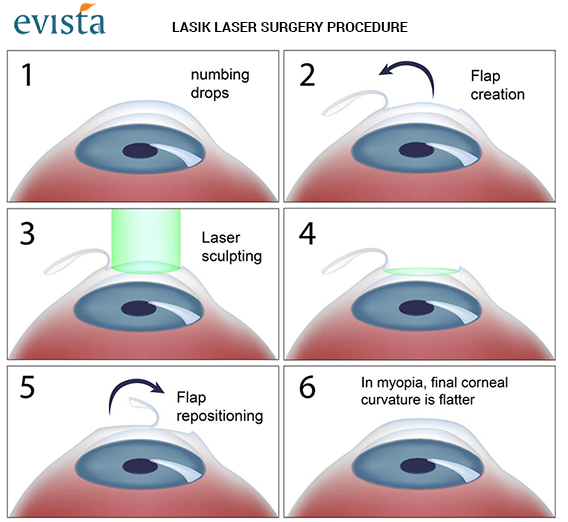
LASIK is a laser surgery technique used to correct refractive errors of the eye including nearsightedness and astigmatism.
Before activating the laser, the doctor creates a flap on your cornea using a microkeratome. A microkeratome is a tool with a blade that cuts a circular flap of tissue from the surface of the cornea. The doctor lifts the flap and folds it out of the way of the laser. After the laser finishes, the doctor re-positions the flap.
To correct myopia, the cornea needs to be flatter, so the laser removes more tissue from the center than the edge. When there is astigmatism, the eye is flattened more along one axis (e.g., vertical) than in the other (e.g., horizontal). The doctor creates a unique treatment plan from the WaveScan® System to guide the laser. The laser removes tissue from the eye according to the treatment plan.
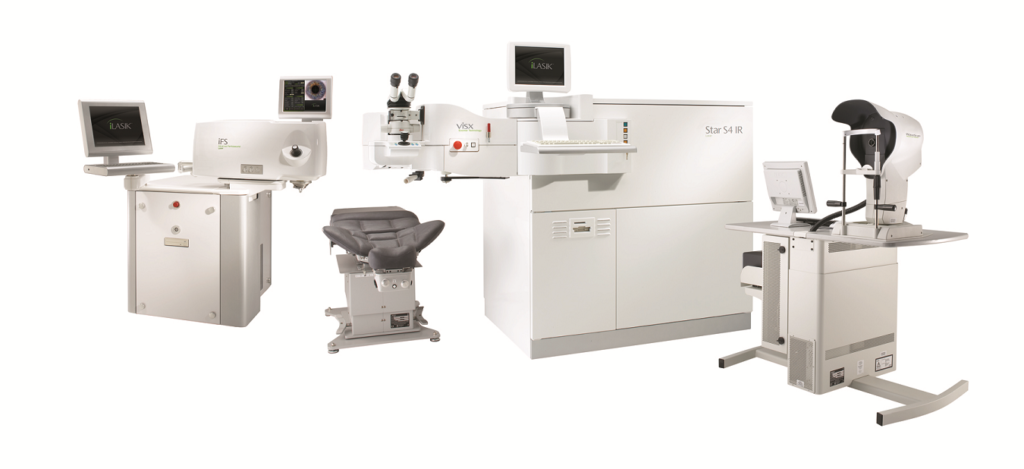
Before your Custom Vue™ LASIK treatment is programmed into the laser, you must have one or more Wave Print® measurements taken by the Wave Scan ® System. The Wave Scan System is a tabletop diagnostic system that measures your eyes with specialized cameras. You will sit in front of the Wave Scan System and look at a light through an opening in the system while it scans your eye.
The doctor may take more than one measurement and then choose the most appropriate measurement to use as the basis for the Custom Vue LASIK treatment. The doctor will also take other routine measurements of your vision to help design your treatment.
Greater Satisfaction

88% of former contact lens users and 77% of former glasses wearer reported being strongly satisfied with lasik in the third year. The satisfaction among the contact lens users decreased significantly during the same period.
Improved Night Driving

Contact Lenses user who had LASIK, reported improvement in night driving and significant reduction in starburst and halos.
Better Long Term Safety
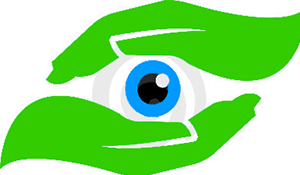
Self-reported rates of eye infections, abrasions and corneal ulcers were over twice as high in contact lenses users as compared with the group who had LASIK.
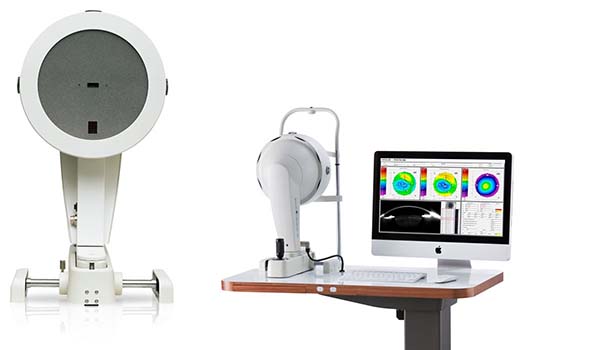
The Pentacam is a sophisticated multiple purpose device for evaluating all aspects of the cornea. The information it gathers allows us to ensure that your eye is healthy and ready for an excellent laser eye surgery result. This instrument takes careful 3D images of the front of your eye using a special rotating camera.
The Pentacam has become a tremendously valuable tool in assessing patients for laser vision correction. The Pentacam is a comprehensive eye scanner which provides data critical to the planning of the treatment.
The Pentacam images the anterior segment of the eye by a rotating Scheimpflug camera measurement. This rotating process supplies pictures in three dimensions. The center of the cornea is measured very precisely because of this rotational imaging process. The measurement process lasts less than two seconds, and minute eye movements are captured and corrected simultaneously. By measuring 25,000 true elevation points, precise representation, repeat ability and analysis are guaranteed.
The Pentacam provides 3-dimensional chamber analysis of the complete anterior segment of the eye, corneal topography of both the front and the back of the cornea, thickness measurements across the entire diameter of cornea. It also can provide cataract analysis and clearly detect corneal disorders such as Keratoconus, where laser vision correction is sometimes not appropriate.
The Pentacam is the first instrument that provides a truly accurate measure of both the front and back surfaces of the cornea.


